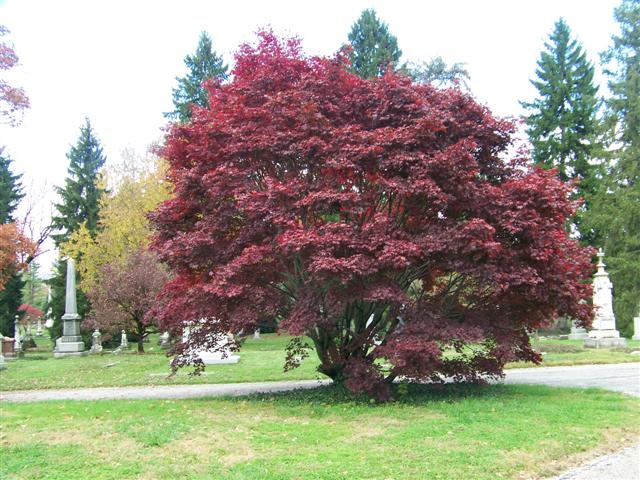Cuddling May Be Key to Long-Term Happy Relationship

Cuddling and caressing help boost satisfaction in long-term relationships, according to a new study of middle-aged and older couples.
The study also found that tenderness is more important to men than to women, that men are more likely to report being happy in their relationship, and that women are more likely to be satisfied with their sexual relationship, said the researchers from the Kinsey Institute at Indiana University.
The study included more than 1,000 couples from the United States, Brazil, Germany, Japan and Spain who had been together for an average of 25 years. The participants were 40- to 70-year-old men and their female partners.
Men were more likely to be happy in a relationship if they were in good health and if it was important to them that their partner experienced orgasm during sex. Frequent cuddling and kissing also predicted relationship happiness for men, but not for women.
Both women and men were happier the longer they had been together and if they had higher levels of sexual functioning, the investigators found.
Japanese men and women were significantly happier with their relationships than Americans, who were happier than Brazilians and Spaniards, according to Kinsey Institute director Julia Heiman and colleagues.
"Possibly, women become more satisfied over time because their expectations change, or life changes with the children grown," Heiman said in a university news release. "On the other hand, those who weren't so happy sexually might not be married so long."
Japanese men reported 2.61 times more sexual satisfaction than American men, while Japanese and Brazilian women were more satisfied sexually than American women.
"We recognize that relationship satisfaction and sexual satisfaction may not be the same thing for all couples, and in all cultures," Heiman said. "Our next step is to understand how one person's health, physical affection and sexual experiences relate to the relationship happiness or sexual satisfaction of his or her partner. So, we hope for more couple-centered than individual-centered understanding on relationship functioning and satisfaction."
PROSPER COMPANY LTD.,
is willing to give you
a
GOOD CUSTOMER CARE!!!!
that will last
FOREVER
to experience an excellent assistance
contact

























